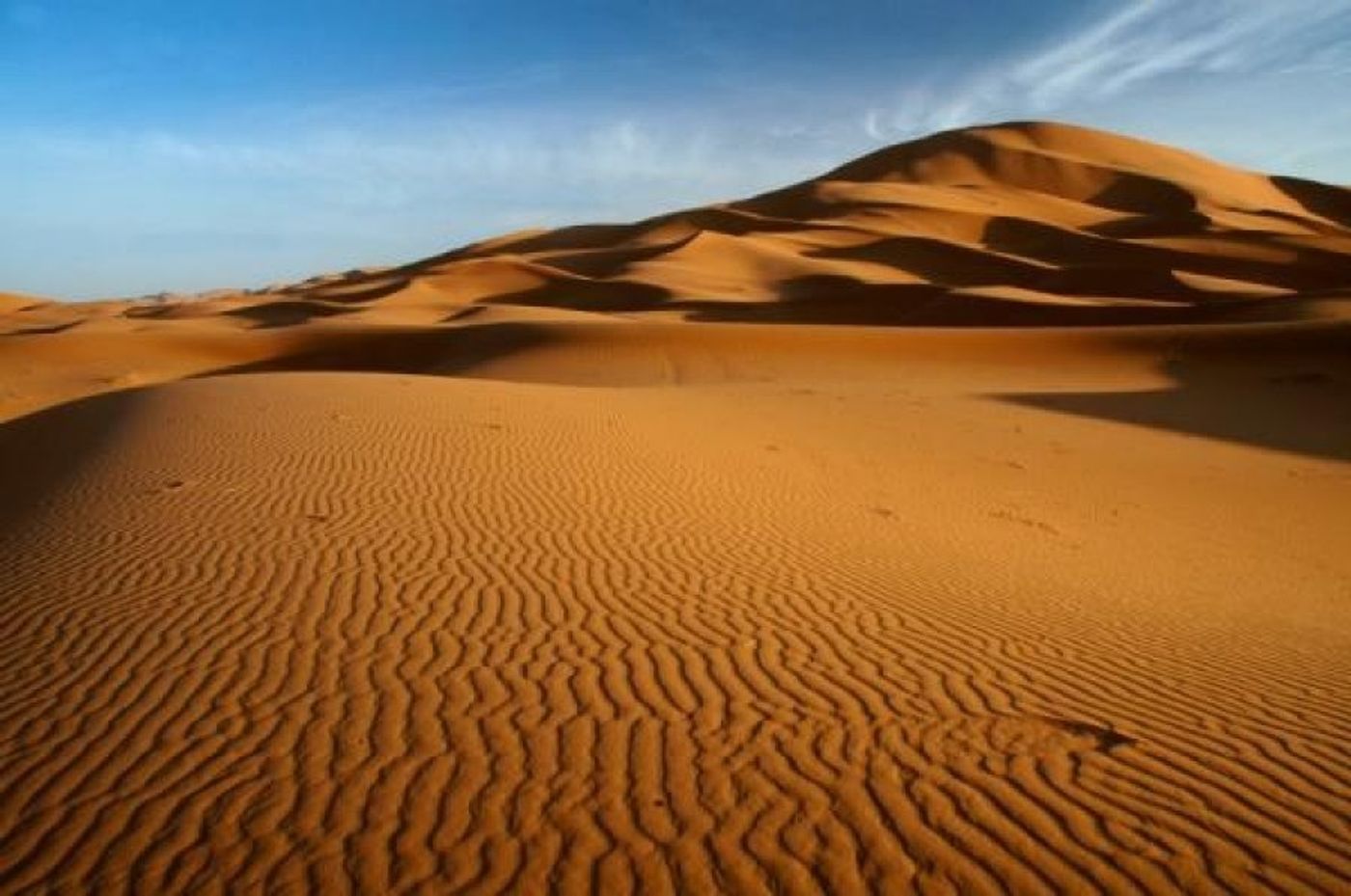Could humans have created the Sahara Desert?
A new paper published in Frontiers in Earth Science by Seoul National University’s archeologist Dr. David Wright proposes a new angle for how the Sahara Desert came to be. Most studies prior lay the responsibility of the change from the once lush, vegetated region (about 10,000 years ago) into the landscape we know today on changes in the Earth's orbit or natural changes in vegetation. But Dr. Wright thinks there may be more to it.
"In East Asia there are long established theories of how Neolithic populations changed the landscape so profoundly that monsoons stopped penetrating so far inland," explains Wright, also noting in his paper that evidence of human-driven ecological and climatic change has been documented in Europe, North America and New Zealand, so why could the Sahara, too, not have come into existence anthropogenically?
Using archaeological evidence, Wright confirmed his hypothesis that with the rise of pastoralism near the Nile around 8,000 years ago came too the rise of scrub vegetation, an indicator of desertification. Grazing animals kept by pastoralists affected the land in much the same way that agriculture did.
Phys.org writes: “As more vegetation was removed by the introduction of livestock, it increased the albedo (the amount of sunlight that reflects off the earth's surface) of the land, which in turn influenced atmospheric conditions sufficiently to reduce monsoon rainfall. The weakening monsoons caused further desertification and vegetation loss, promoting a feedback loop which eventually spread over the entirety of the modern Sahara.”
Wright is adamant that this geologic history is crucial to understanding how humans have and continue to impact our climates and biomes. "There were lakes everywhere in the Sahara at this time, and they will have the records of the changing vegetation. We need to drill down into these former lake beds to get the vegetation records, look at the archaeology, and see what people were doing there. It is very difficult to model the effect of vegetation on climate systems. It is our job as archaeologists and ecologists to go out and get the data, to help to make more sophisticated models."
Recognizing that very similar patterns have happened and are happening in this very moment around the planet, we should take Wright’s conclusions as a warning.
Sources: Phys.org, LiveScience









